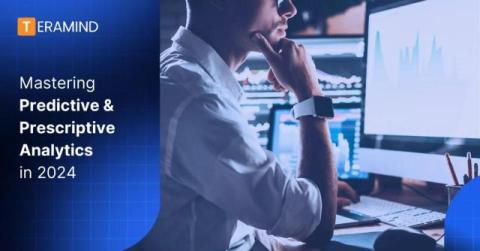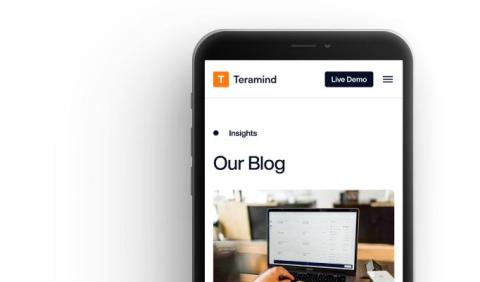Understanding Workforce Productivity Analytics in 2024
Are you effectively measuring and optimizing your workforce’s productivity? If not, there’s a powerful tool at your disposal: workforce productivity analytics. This approach, which involves systematically analyzing employee performance data, can provide valuable insights and drive significant improvements in efficiency and output for your business.











